#australian reptile park
Explore tagged Tumblr posts
Text

Boop his snoot if you dare 🐍🐍🐍
#boop the snoot#snake#cute#reptile#wildlife photography#animal#photography#zoo#australia#wildlife#australian reptile park
80 notes
·
View notes
Text
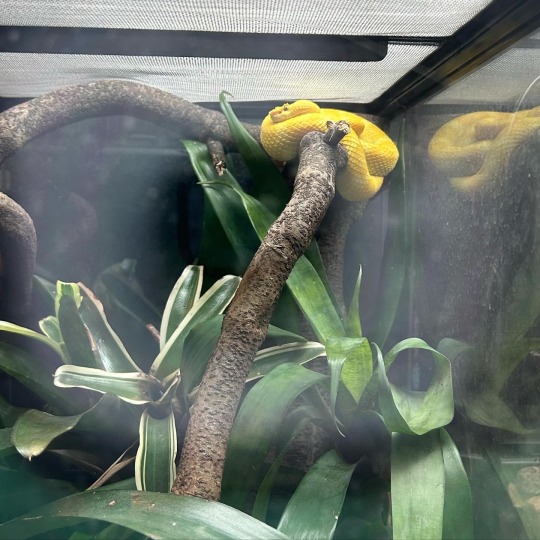
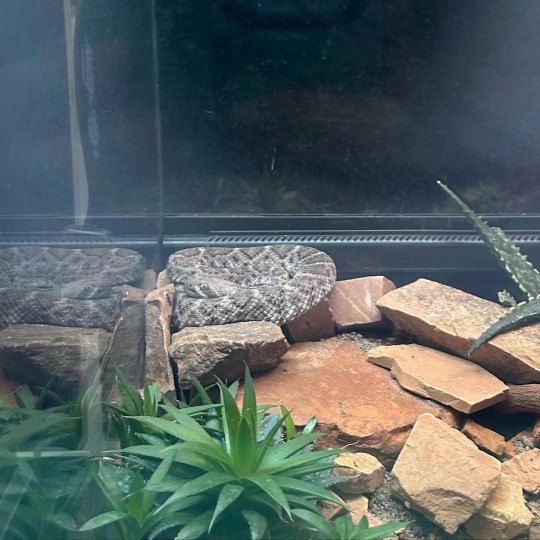
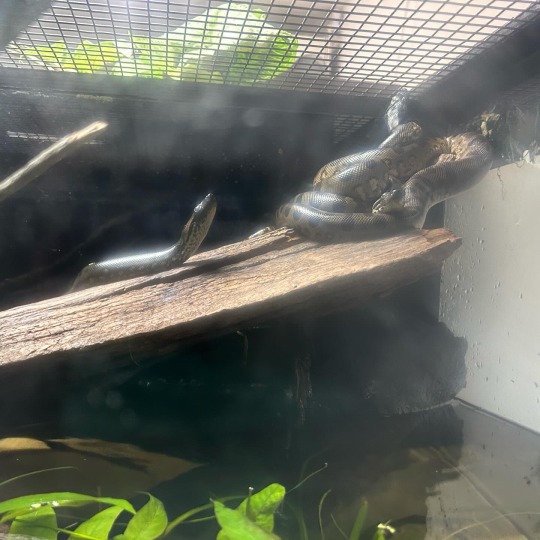


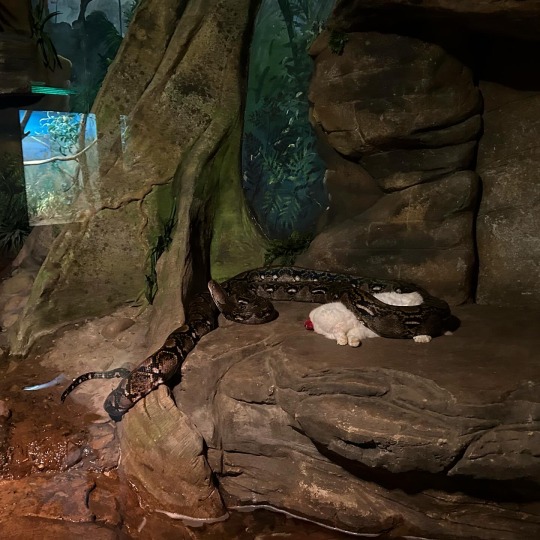
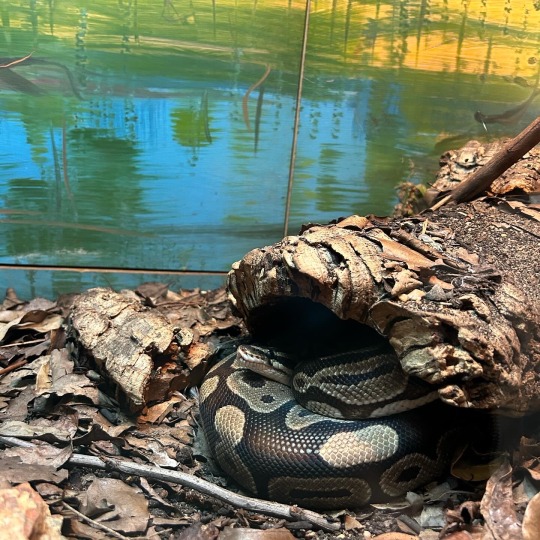
Some of the amazing snakes I saw at the Australian Reptile Park today
SLIDE ONE: Eyelash Viper - part of the Pit Viper family, a family of very pretty but venomous snakes
SLIDE TWO: Western Diamondback Rattlesnake
SLIDE THREE: Juvenile Anacondas - Can’t believe how little and cute these snakes are in comparison to how big they get
SLIDE FOUR: Inland Taipan - The land snake with the most toxic venom in the world
SLIDE FIVE: King Cobra - This guy came right up to the glass, he was quite a show off and who can blame him? He IS a mighty King Cobra after all
SLIDE SIX: Reticulated Python - Just happened to be having a feed when I saw it
SLIDE SEVEN: Ball Python
#australia#sydney#new south wales#australian reptile park#eyelash viper#western diamondback rattlesnake#green anaconda#inland taipan#king cobra#reticulated python#ball python#2024
25 notes
·
View notes
Text
Went to Healesville Sanctuary, Victoria, Australia.
Thought y’all would like the precious beans I saw today ;-;
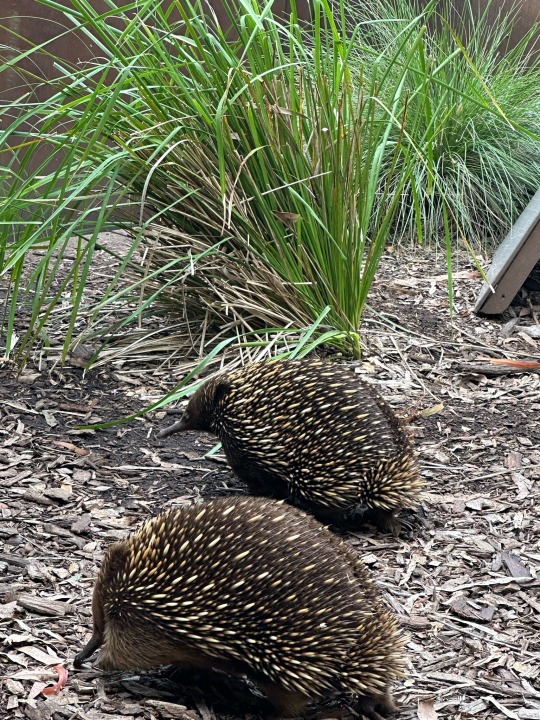




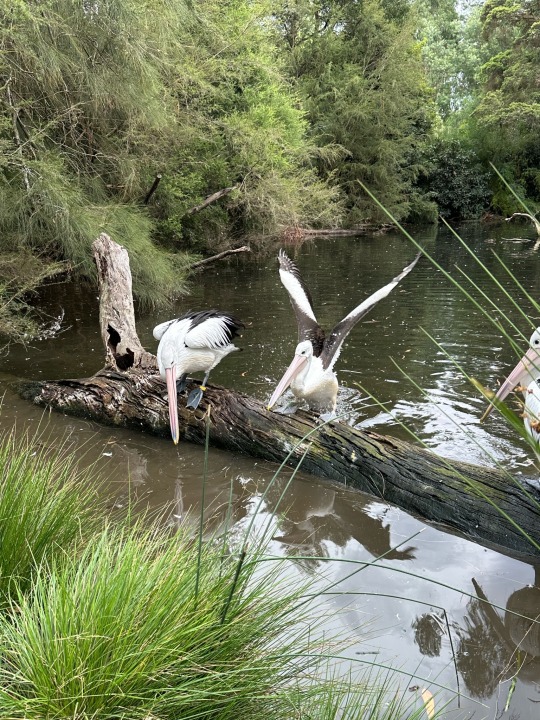

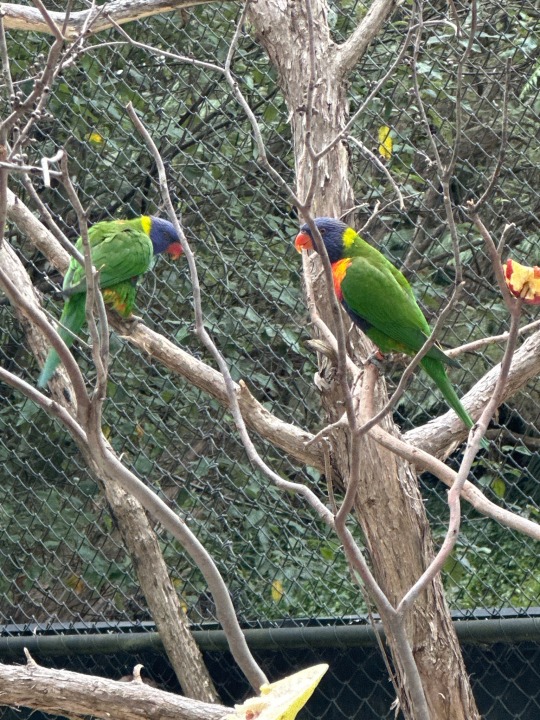

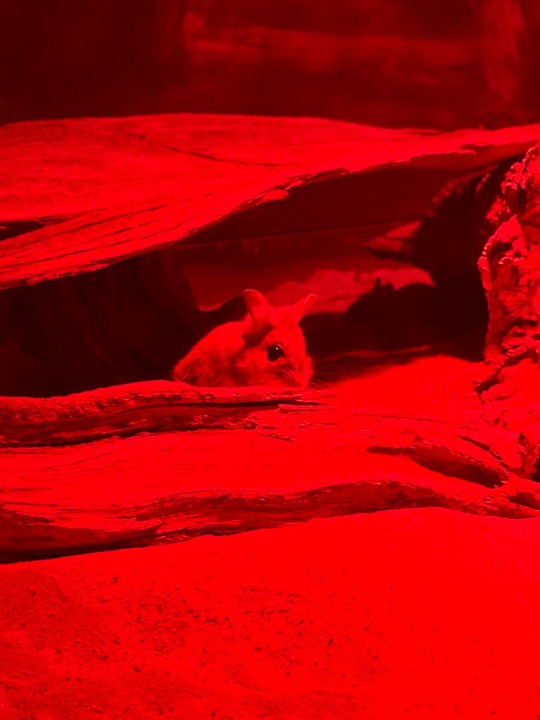
See below for animal IDs
Animals:
1 + 2 - Short Beaked Echidnas
3 - Red Kangaroos
4 - Eastern Grey Kangaroos
5 - Goodfellows Tree Kangaroo
6 - Australian Pelicans
7 - Boyd's forest dragon
8 - Rainbow Lorikeets
9 - Red-tail black cockatoos (female + male)
10 - Spinifex hopping mouse
#australian wildlife#animals#kangaroo#echidna#pelican#tree kangaroo#reptile#lizard#rainbow lorikeet#black cockatoo#mouse#hopping mouse#Aussie animals#Victoria#Melbourne#healesville sanctuary#wildlife#wildlife park#animal#animal sanctuary#aussie wildlife#zoo#marsupial#monotreme#Australian birds
21 notes
·
View notes
Photo

Red-bellied black snake (Pseudechis porphyriacus), Royal National Park, NSW.
by Keelan Orrock
#keelan orrock#photographer#red-bellied black snake#pseudoechis porphyriacus#snake#reptile#australia#australian geographic#royal national park#new south wales#nature
64 notes
·
View notes
Text
Tawny Frogmouth sings it's song looking for love
australian reptile park
109 notes
·
View notes
Text
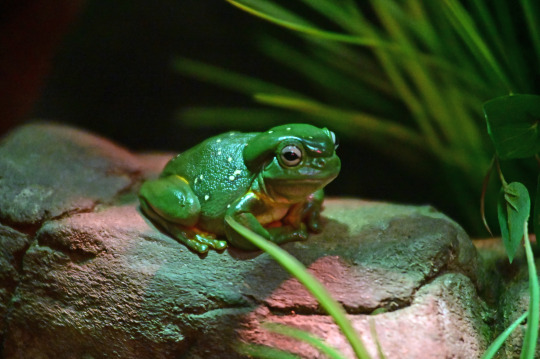
Magnificent Tree Frog
Litoria splendida
Other Names: Splendid Tree Frog, Ranoidea splendida
Family: Pelodryadidae, Genus Litoria (Australasian tree frogs) which has 93 species, and usually several new species identified every year.
Size: 8-13 cm
Distribution: Magnificent tree frogs are native to the Kimberley region of Western Australia. It has a limited range, only occurring on the north-western coast of Australia in the Northern Territory and Western Australia.
Habitat: They enter caves and rock crevices during the day. Much like the other large tree frogs in Australia, White's tree frog and the giant tree frog, they inhabit areas near humans, and can be found around buildings and in toilets, showers, and water tanks.
References: Clulow and Swan, Wikipedia.
About the Magnificent Tree Frog
(From Wikipedia): The magnificent tree frog is a relatively large tree frog. The undersides of the feet and legs are bright yellow. Most specimens have white or sulphur-coloured dots on their backs, of varying densities. The older magnificent tree frogs can be distinguished from White's tree frogs by the presence of very large parotoid glands, which cover the entire top of their heads and droop over their tympana.
It is kept as a pet; in Australia, this animal may be kept in captivity with the
Photo taken at Australian Reptile Park, Gosford NSW.
23 notes
·
View notes
Photo

📍 Australian Reptile Park, New South Wales, Australia 📸 @keeper_andrew
36 notes
·
View notes
Text
P11 "Reg" and No.43 "Clive"
All photos taken by me :3 12" gauge VR P Class in the V/Line Cheeseburger livery. He's a recent build, only being completed back in 2023 iirc. I've had the privilege to drive him and he's a fairly easy-going loco.




12" gauge freelance No.43 "Clive. Built in 1967 for the Australian Reptile Park, North Gosford. From 1975-1997, it was operating at the Smoky Mountain and Grizzly Flats Railroad, Warnervale. After sitting in storage, it was bought by the Melbourne Steam Traction Engine Club and fitted back to service, eventually getting a new livery. Clive's a bit of a pest to drive since there's no notches to set the throttle, unlike most other steam locos. His throttle's fairly sensitive as well, but it doesn't take long to tame the little beast. A few months either before or after the worn down Clive photos were taken, a small derailment happened on the other side of the railway. The back bogies of the first carriage came off the tracks, which I was doing guard training in the carriage behind. Found out later that the bogies had pushed inwards and jammed.




Yours truly driving. The angle makes me look so small 🫠
Derailment


4 notes
·
View notes
Text
The 2016 Great Smoky Mountains wildfires claimed at least 14 lives, and injured 190 people. The fires impacted the towns of Pigeon Forge and Gatlinburg, both near Great Smoky Mountains National Park. The fires are considered one of the largest natural disasters in Tennessee history.
The 2018 California wildfires had a total of 103 confirmed fatalities. The Camp Fire, which occurred in Paradise, California, killed 85 people and destroyed more than 18,000 buildings. The Camp Fire was the costliest disaster worldwide in 2018. It was also the deadliest and most destructive wildfire in California's history.
The Australian bushfires of 2019-2020 directly killed 33 people and over one billion native animals. The fires also caused 417 human deaths due to smoke inhalation. The fires burned in six states across six months, affecting 80% of the Australian population.
In 2020, 33 people died in California wildfires that burned 4.2 million acres, a state record. This was the third deadliest year for California wildfires since 2013.
Amid the bleakness of 2020, scientists in Brazil concluded a particularly grim conservation study - attempting to count the animals killed by huge wildfires in the Pantanal wetlands. They estimate that as many as 17 million vertebrates - including reptiles, birds and primates - died. Wildfires burned between January and November, destroying 30% of the world's largest tropical wetland.
Five people have died from wildfires in Canada in 2023. The wildfires have scorched at least 11 million hectares, or over 27.1 million acres, of land across Canada this year.
Meanwhile, in Maui, wildfires started on August 8th, 2023 (Now August 15th, 2023).
The death toll from the wildfires on the Hawaiian island of Maui is at least 101 people. The wildfires destroyed the historic town of Lahaina and killed at least 99 people, making it the worst natural disaster in state history and the deadliest U.S. wildfire in over a century. Officials warn that the death toll is likely to rise. Many people remain missing.
None of this is okay, and I'm not trying to compare trauma, but the fact that this disaster is happening right now and I have seen a total of 2 posts about it on my dash is disheartening, to say the least.
P.S. Spread the word. Do not ignore Maui.
3 notes
·
View notes
Note
i am feeding landia junk food
Landia at Magoland but they split up and start harassing people for food like the free-range emus at the Australian reptile park
6 notes
·
View notes
Text

In this picture is the most beautiful girl in the world!!!! And there’s me sitting with her draped over my shoulders.
This is Fluffy the Burmese Python. Think this is now my fourth picture with her?
6 notes
·
View notes
Text
1 note
·
View note
Text

Size of this Crocodile Elvis in an Australian Reptile Park
0 notes
Photo
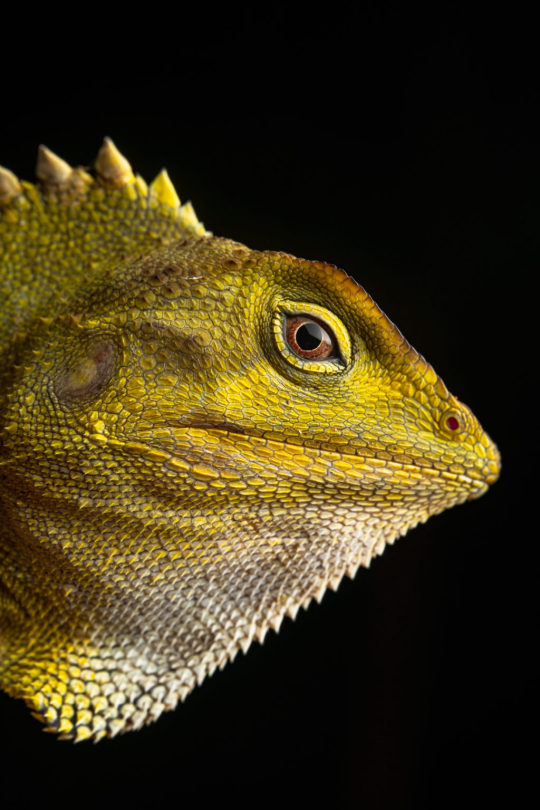
Forest dragon (Lophosaurus spinipes), Springbrook National Park, Queensland.
by Isaac Wishart
#isaac wishart#photographer#forest dragon#reptile#lophosaurus spinipes#springbrook national park#queensland#australia#australian geographic#nature
32 notes
·
View notes
Text
Australian reptile park
27 notes
·
View notes
Text
The kookaburra is a large terrestrial bird native to Australia and New Guinea, well-known for its distinctive laughing call that resembles human laughter, often used in media and pop culture as a symbol of the Australian bush. Belonging to the kingfisher family, Dacelo, kookaburras are typically found in wooded areas and parks, and they primarily feed on insects, small reptiles, and other animals. Their striking appearance features a stout body, large head, and a prominent beak, making them easily identifiable.
0 notes